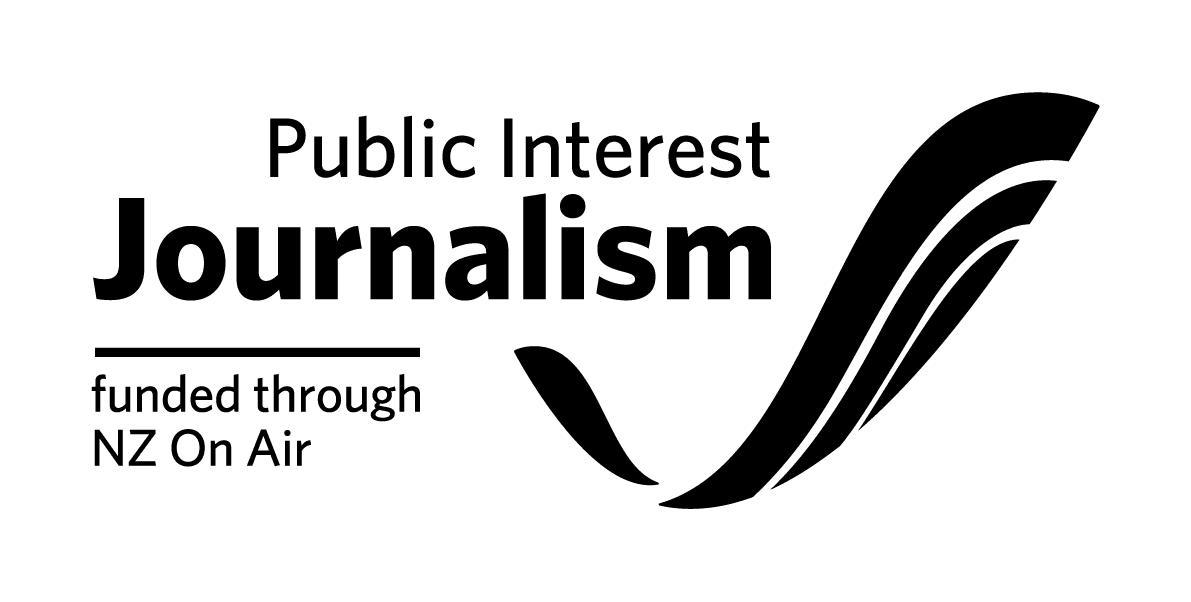In the age of mass production, being able to customise our objects is a seductive vision. But the urge to personalise is an old one, and it still relies on global economies of overconsumption.
“It’s a very unique mug,” says the Cricut ambassador.
She’s helping me imprint a Cricut mug with a Cricut Infusible Ink™ design so I can place it in the specially-designed Cricut Mug Press™. “Everyone loves being able to personalise their mug designs,” she says as she pushes the button to heat the machine.
I hadn’t heard of Cricut, a company that sells machines that enable people to personalise a variety of items, until I was invited to a launch for some of their products being introduced to the New Zealand market. The room is filled with a variety of influencers and some local Cricut superfans who are customising tote bags, hats and mugs with cupcakes or the words “be kind”. With the Cricut Design Space app, which is required to activate the machines, anything can be customised, but you have to purchase from Cricut first.
“Personalisation is not just a process, it’s also a feeling. Cricut has empowered people to share their love through personalised gifts while tapping into their creative side,” Nicola Dow Smith, Cricut’s regional director for Australia and New Zealand, tells me, in between helping other workshop attendees fuse designs to tote bags. She says that Cricut, an American company with a current market cap of $1.4 billion US dollars, “built the cutting machine category from the ground up.”
The desire to express love through personalising is an old one, but I feel like I’m participating at its new frontier, even if I’m not very good at it. The cherry design I iron on to my hat (with a curved Cricut Hat Press™ iron) is askew; uneven placement gives my mug design an accidental ombre effect. The technology to realise my creative vision is there – but my results pale in comparison to the professionals.
One of those is Teresa Kightley of online business The Custom Lab. Like many small business owners, Kightley uses Cricut tools to make custom products – cake toppers, keychains with named Spotify playlists, stickers and signs. Everything she makes, documented in Instagram Reels, looks immaculate. Kightley started her business while bored on maternity leave, watching videos of other people making custom products and realising it was something she could do herself.
“As consumers, people want to stand out,” Kightley tells me. “They don’t want to just run into a shop and buy what is already there.”
That Kightley can now work on her business full-time – and that Cricut products are more popular than ever – is an indication that, in an era of mass production, people still want objects made just for them. In the US, internet cool kids are customising tote bags with ironic phrases. Tools like “MomentumDash” christen your generic browser homepage with your name and an inspirational photo. A message from your friend might no longer arrive in their unique handwriting, but at least you can personalise the background of your WhatsApp chat and reply to them, your fingers tapping the glass screen, your other hand gripping your mass-produced phone case which you’ve adorned with specifically chosen stickers.
View this post on Instagram
“People develop and express their identities through the things they use,” says Tim Thomas, an associate professor of archaeology at the University of Otago. Businesses like Cricut sell their product with the promise of personalisation, but to the timescale of an archeologist, he says this is part of a longer story about how humans are entangled with the objects we use.
Thousands of years ago, customisation might have looked like a stone tool shaped to fit the hand of the person who used it. Today, it might be someone adding shiny lettering to a mug with a machine. Thomas says that objects, like people, “have biographies” – they say something about the world they were made in. But objects also contribute to our biographies.
“We’re completely caught in webs of material stuff,” says Thomas. In contemporary New Zealand, we relate to objects as human beings have always done, telling others about ourselves through what we own, making identities from the things we use and live with. But there’s a difference of scale: human beings in pre-capitalist economies made most objects themselves, or knew those who made them.
In contrast, resource extraction, cheap labour, and a global economy mean that there are very few things in the contemporary household that haven’t been first touched, shaped, or made by other people – people we usually don’t know. “The degree of manufacturing has gone through the roof,” Thomas says.
But there are universal, lasting ways that human beings relate to objects too, says Thomas. Anthropologists have long studied gift economies, how the exchange of objects creates and reinforces human relationships. That’s not in the past: traditions of gift giving at birthdays and Christmas are embedded in New Zealand culture, and many people who migrate here bring traditions of gift giving with them. “These objects are fraught with meaning about our relationship to each other,” he says.
It’s something that Kightley has seen too. Many, if not most, of the items she personalises are intended as gifts. “People want something that means more,” she says: like generations of people before, there’s something to cherish about a unique object with your name on it.
The question of personalisation is one of value, too. It would be cheaper to get the objects Kightley makes from Kmart, big retailers where the shelves are filled with things made elsewhere, cleanly stacked on shelves, everything identical and anonymous under the fluorescent lights.
Kightley’s business pitches itself as an alternative to that: she packs her items by hand, adds a note. On Instagram, there is evidence of her labour, sparkling Reels where her hands take the generic – blank paper, plain plastic – and make the unique – bright cartoon stickers, matte acrylic signs.
The massive success of Cricut is where capitalist production and the urge for the handmade and personal meet. At the workshop I attend, there’s something unsettling about decorating cheap objects from other places with designs I place with my own hand, as if the labour of ornamentation conceals what made the initially blank objects and materials so cheap.
The customisation economy is not separate from mass manufacture, but enabled by it, the end point customer satisfying their creative urges while people oceans and borders away toil to form raw materials into saleable goods. Customisation can make it more tempting to overconsume, acquire things we don’t need – and once you own something customised, it’s particularly hard to get rid of.
Still, investing an object with a sense of identity does present an alternative to the genericity of mass production. “It gives some control back, some choice,” says Kightley, who loves being able to realise her customers’ desires: she can make an idea in their heads a reality in their hands.
Customised or not, what might future archeologists learn about us from the objects we’ve left behind? Thomas gives the example of blue jeans, ubiquitous from Manaus to Cairo to New Zealand: these objects left by the age of mass manufacture will tell a story about the interconnected global economy, not the identities of the individuals who owned them.
But – as the selling power of personalisation reminds us – there are differences in how we relate to objects too. “The only way to understand [mass manufacture] will be through context,” Thomas says. In giving gifts and making objects our own, the desire to have and use things reiterates a central truth. “We can’t be social people without our objects.”



